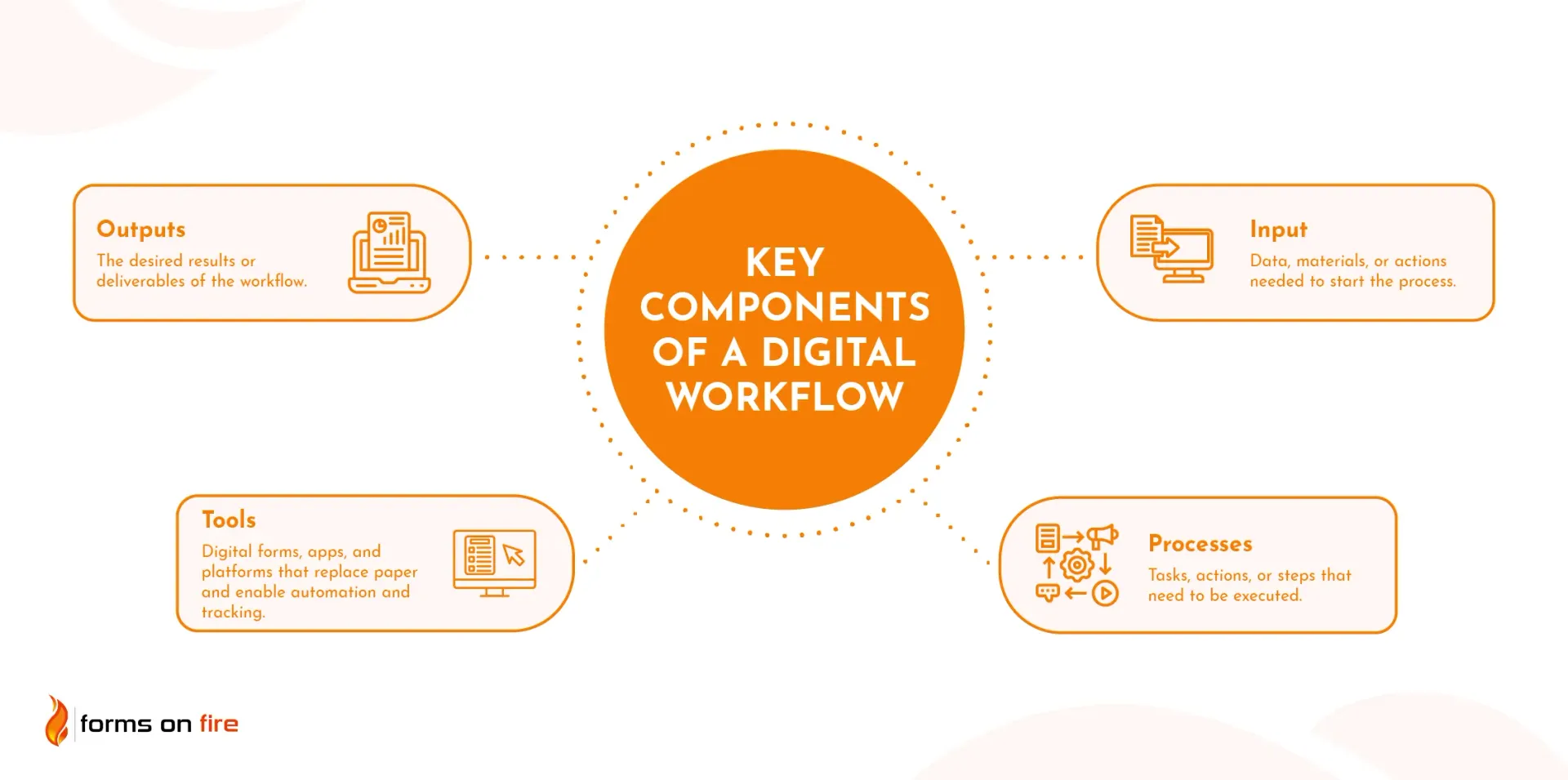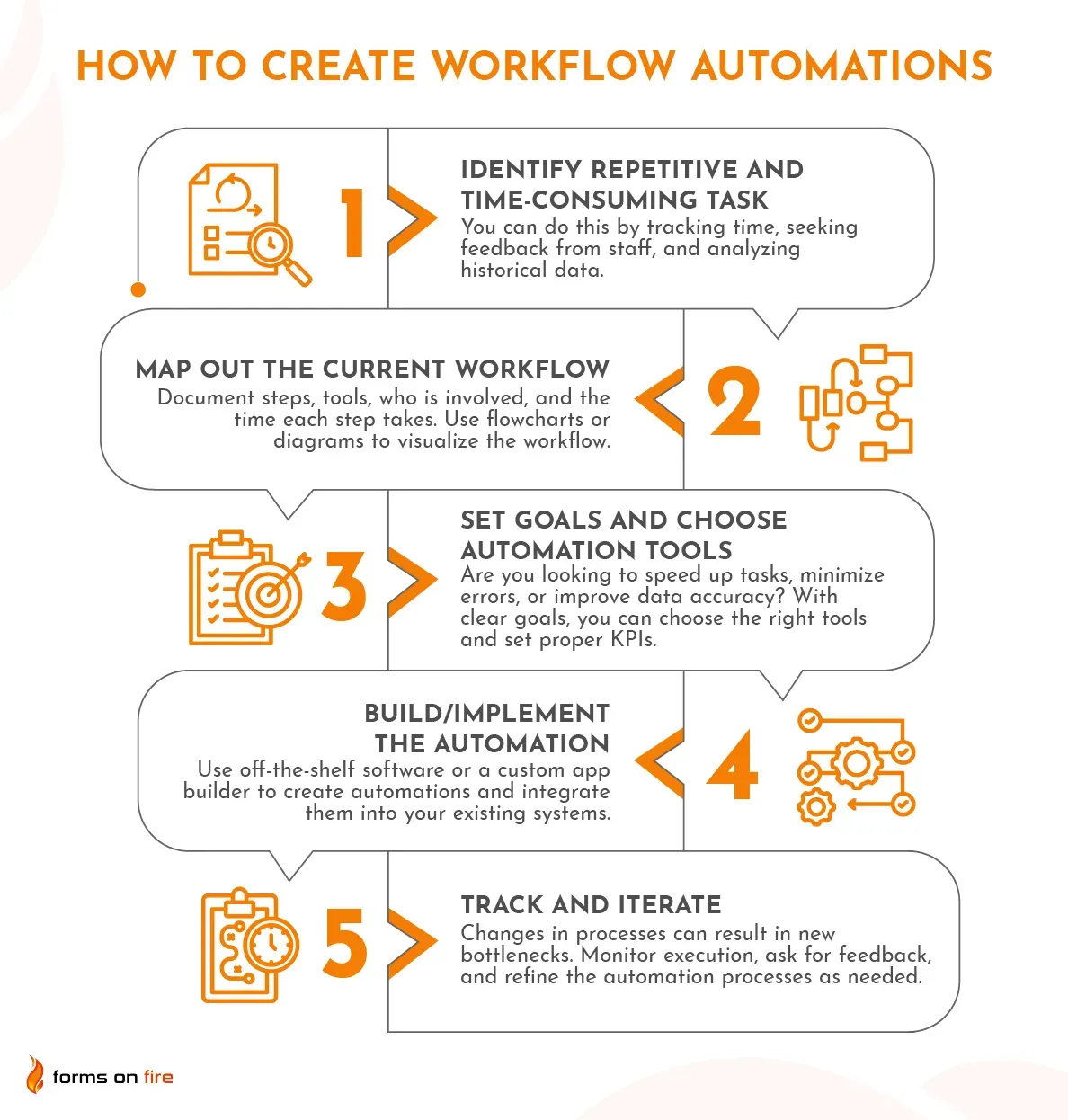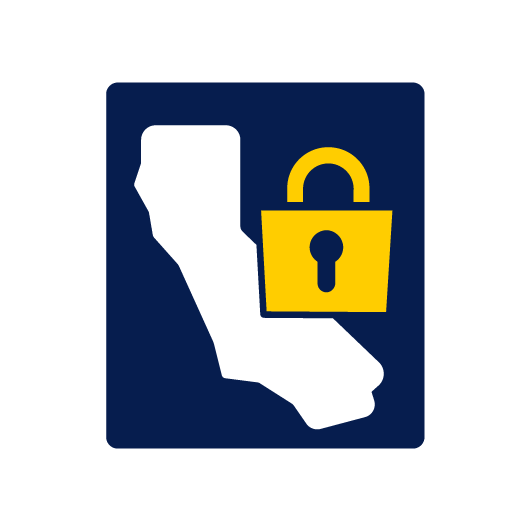What is a Digital Workflow and How to Build One With Ease
With competition breathing down your neck, staying ahead often means rethinking how work gets done. That’s where digital workflows come in. By strategically digitizing your company’s workflows, you can boost productivity, reduce errors, and streamline operations.
But making the switch can be challenging.
This article is here to make it easier. We’ll explore what a digital workflow is, how it differs from traditional workflows, and share actionable steps to create one for your team. Plus, we’ll tackle common challenges like resistance to change and integration headaches, so you’ll know exactly how to overcome them.
What is a digital workflow?
A digital workflow refers to managing tasks, data, and processes digitally rather than relying on paper-based methods. The goal is to minimize manual interventions and errors while maximizing efficiency.
Digitizing your internal processes comes with numerous benefits:
- Increased efficiency: Digital workflows reduce the time spent on manual tasks by automating repetitive processes and enabling faster decision-making.
- Improved accuracy: Less reliance on manual data entry leads to fewer human errors.
- Enhanced collaboration: Cloud-based platforms allow teams to collaborate in real-time, providing a single source of truth.
- Scalability: Digital workflows are easier to scale as your business grows, ensuring your operations can keep up with increased workload.
- Better data insights: Digital tools often come with built-in analytics, giving managers valuable insights to optimize processes and make better decisions.

How is a digital workflow different from a paper workflow?
To truly appreciate the value of a digital workflow, it helps to compare it to its paper-based counterpart.
Imagine a common scenario where a manager needs to approve a purchase request.
In a paper-based workflow, an employee needs to fill out a paper form and hand-deliver it to the manager’s office. If the manager is on a work trip, the process stalls. Once reviewed, the form might be misplaced or delayed on its way to the accounts team. The entire process could take several days.
In a digital workflow, the employee submits the request through an online platform. The manager gets an instant notification, reviews the request on their phone, and approves it in seconds. The system automatically notifies the accounts team, keeping the process moving smoothly.
In other words, the key differences lie in the speed, transparency, and reliability of your processes.
Digital workflow = automation?
Well, yes and no. While digital workflows often incorporate some levels of automation, that automation can be a very minor part of the workflow.
Think of a digital workflow as the framework for how a process flows within your organization. Automation refers to specific actions within that framework that happen automatically (without human intervention).
Here’s an example to clarify:
- Digital workflow without full automation: A team uses digital forms to collect customer feedback. Employees manually sort responses into categories and create reports based on the data. While the process is digital, manual effort is still required.
- Digital workflow that is fully automated: In the same system, customer feedback is automatically categorized using AI. The reports are automatically generated and sent to relevant personnel based on a set frequency (e.g., every two weeks).
The two concepts overlap, but building a digital workflow doesn’t always mean every step will be automated. Instead, automation can be added strategically to save time and reduce bottlenecks.
Steps for building a digital workflow
Creating a digital workflow doesn’t have to be complicated. Start by identifying the specific processes you want to digitize. Map out the steps involved, from start to finish, and highlight where manual tasks slow things down or where errors often occur.
Then, you will need to choose the right digital tools. In many cases, this means purchasing off-the-shelf SaaS software. However, if you need something more flexible and customizable, a better option is to use a no-code platform like Forms On Fire to build an app using pre-made templates — or just digitize some of your paper forms.
In essence, the steps involved in creating a digital workflow are practically the same as the ones you would follow to create workflow automation. The only real difference is that you would not be focused on automating the task completely, just finding ways to digitize it.

If you work in a large organization and are interested in diving deeper into these steps, check out our guide on enterprise workflow automation.
Digital workflow management challenges you might encounter
Any major process changes come with hurdles — and digitization is not an exception. From skeptical team members to technical hiccups, challenges can arise at any stage of the transition.
The good news? With the right approach, these obstacles are perfectly manageable.
Resistance to change
Change can feel intimidating, especially when it disrupts familiar routines or requires learning new tools.
Here are some tried and tested tips to gain team buy-in:
- Communicate the benefits clearly: Show how the new workflow will make their jobs easier, whether by saving time, reducing repetitive tasks, or improving accuracy. Sharing specific examples tailored to their roles can make a big difference.
- Involve the team early in the process: Seek their input during the planning phase and address their concerns. When employees feel heard and included, they’re more likely to embrace the change.
- Provide training and ongoing support: Ensure everyone feels confident using the new system. A little patience and encouragement can go a long way in helping your team transition smoothly.
Integration Issues
More complex digital workflows often rely on multiple tools and systems working together. However, ensuring compatibility between these tools can be a significant challenge. Integration issues can lead to bottlenecks, data silos, or extra manual work — leaving you worse off than where you started.
To avoid these problems, when considering new tools or platforms, look for those that integrate easily with the software your team already uses (or plans to use). Many tools now offer APIs or built-in connectors for smooth integration. It is how the Forms On Fire platform can offer over 6,000 integrations.
During implementation, test the integrations thoroughly. Run small-scale trials to ensure data flows correctly between systems and troubleshoot any errors before rolling out company-wide.
Complexity
When digitizing workflows, organizations tend to overcomplicate and/or over-automate the process.
To keep workflows intuitive and user-friendly, start by simplifying. Strip down each process to its core steps and eliminate unnecessary layers. Focus on tools that offer clean, easy-to-navigate interfaces and avoid overloading employees with too many options.
Testing is key to identifying complexity. Have a few team members walk through the workflow and provide honest feedback. Are there steps that feel redundant or confusing? Use their input to refine the process.
Finally, provide clear documentation and training to ensure your team understands the new workflows. The simpler and more accessible you make the system, the more likely your team will embrace it.
How Forms On Fire helps companies digitize their workflows
Forms Of Fire is a no-code platform businesses use to build everything from simple data collection or inspection forms to custom apps that cover a whole process.
We have a huge database of different templates for various tasks and processes. You can simply pick one and adjust it to your needs. If you get stuck, our amazing support team will guide you through the whole process — from designing forms to deploying them.
The apps and forms you build can be used offline, read barcodes, collect digital signatures, and be set up with all kinds of automation that will make your daily job that much easier.
Want to see Forms On Fire in action? Book a demo or start the trial!




